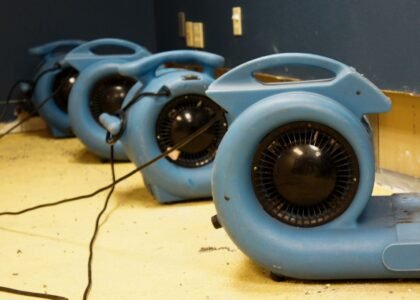What is Structural Drying?
Structural drying is a critical process performed after a building has experienced water damage. When water gets into walls, floors, or ceilings, it can soak into the materials that make up the structure of a home or business. This water must be removed quickly and completely to prevent further problems. The goal of structural drying is to dry these materials thoroughly using specialized methods. This helps to bring the moisture levels back to normal, pre-damage conditions.
Why Professional Drying is Important
Leaving water damage untreated can lead to serious issues. If building materials remain wet, they can become a perfect place for mold to grow. Mold can cause unpleasant odors and might even affect the air quality inside a building. Beyond mold, water can also weaken the structure itself, leading to costly repairs down the line. Professional structural drying ensures that all hidden moisture is found and removed, protecting the building’s integrity and the health of its occupants. This is why expert attention is often needed for effective Structural Drying Solutions Austin.
The Process of Structural Drying
A systematic approach is taken when drying a structure.
Initial Assessment
First, trained professionals will inspect the affected areas to understand how much water has spread and what materials are wet. Special tools are used to measure moisture levels in walls, floors, and other surfaces. This step is important for creating a drying plan.
Water Extraction
Before drying can begin, any standing water must be removed. Powerful pumps and vacuums are used to extract as much water as possible from carpets, floors, and other surfaces. This speeds up the drying process significantly.
Dehumidification and Airflow
After water extraction, industrial-grade dehumidifiers are brought in. These machines remove moisture from the air, which then pulls moisture out of the wet materials. Air movers, which are powerful fans, are also used to create airflow across wet surfaces. This helps the water evaporate more quickly and efficiently. The combination of dehumidification and targeted airflow is key to successful drying.
Monitoring and Verification
Throughout the drying process, moisture levels are regularly monitored. This ensures that the building materials are drying properly and completely. Once the moisture levels have returned to safe and normal readings, the drying equipment can be removed. This careful monitoring confirms that the job is done right.




